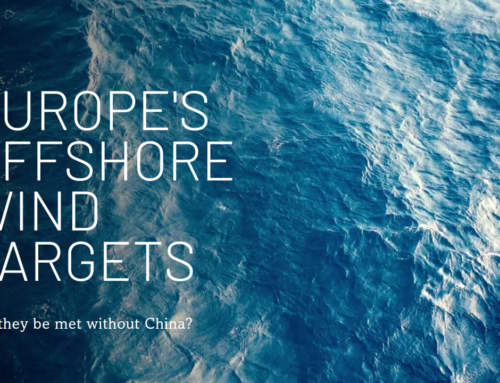Insights
Insights
The Strategic Energy Framework:
From Supply to Strategy
This is not a white paper. It’s a working framework shaped by conversations, reflections, and a growing conviction that Europe needs to think differently about energy. Not just as a resource or a system — but as a tool for direction, resilience, and purpose.
Energy is no longer just about supply. Energy has a cost, and should be treated as strategic and security-relevant.
1. Energy is infrastructure — and infrastructure is trust
Energy systems are more than cables and kilowatts. They are the invisible foundation of modern life and national confidence.
- Build energy systems designed to absorb shock, adapt, and endure
- Treat substations, cables, and control platforms as strategic infrastructure
- Embed cybersecurity and integrity into everything, from code to concrete
- Design for multi-purpose: civil, industrial, and — where relevant — strategic functions within national and European preparedness
2. Energy policy is strategic policy
How we govern energy shapes our autonomy, our alliances, and our long-term stability.
- Align energy policy with broader goals for industry, security, and sovereignty
- Reduce structural dependencies without closing doors
- Use innovation, standards, and partnerships as tools of strategic positioning
- Invest in capacity to think long-term, act decisively, and adapt fast
3. Resilience is shared, not siloed
Resilience is no longer just about backup. It’s about system design, cooperation, and trust across borders and sectors.
- Interconnect electricity, fuels, and data with redundancy and flexibility
- Coordinate crisis response and shared infrastructure across borders
- Build supply chains and workforce skills that support long-term adaptability
- Involve people — not just institutions — in building resilience from the ground up
4. Industrial capacity is strategic capacity
We cannot separate energy from Europe’s ability to build, compete, and act.
- Rebuild industrial capabilities in clean tech, grids, and materials
- Link energy access directly to innovation, competitiveness, and jobs
- Invest in energy systems that support production, not just consumption
- Align public and private finance behind strategic priorities
5. Sustainability is strength
Climate action isn’t just an obligation. It’s a competitive edge, a soft power lever, and a source of shared direction.
- Accelerate deployment of climate-positive infrastructure
- Align sustainability with trade, finance, and technology policy
- Pair nature-based resilience with high-impact innovation
- Make climate leadership a driver of cooperation, not conflict
6. Strategic Energy is a mindset shift
This is about how we think. Energy is not just a sector — it’s a way of shaping the future.
- Design systems that reinforce trust, security, and participation
- Use design thinking to build for people, places, and purpose
- Apply strategic thinking to navigate uncertainty with intention
- Keep systems open and fair, but never fragile
7. Strategic Energy is autonomy — not isolation
This is not about turning inward. It’s about building the capacity to stay open without being exposed.
- Diversify systems, suppliers, and alliances
- Reduce critical dependencies where they hurt most
- Cooperate with confidence, not constraint
- Act from shared values, not short-term bargains
Strategic Energy lets Europe choose openness from a position of strength.
This is not just the energy transition.
This is Europe’s strategic reset.
Strategic Energy starts now.




Leave A Comment